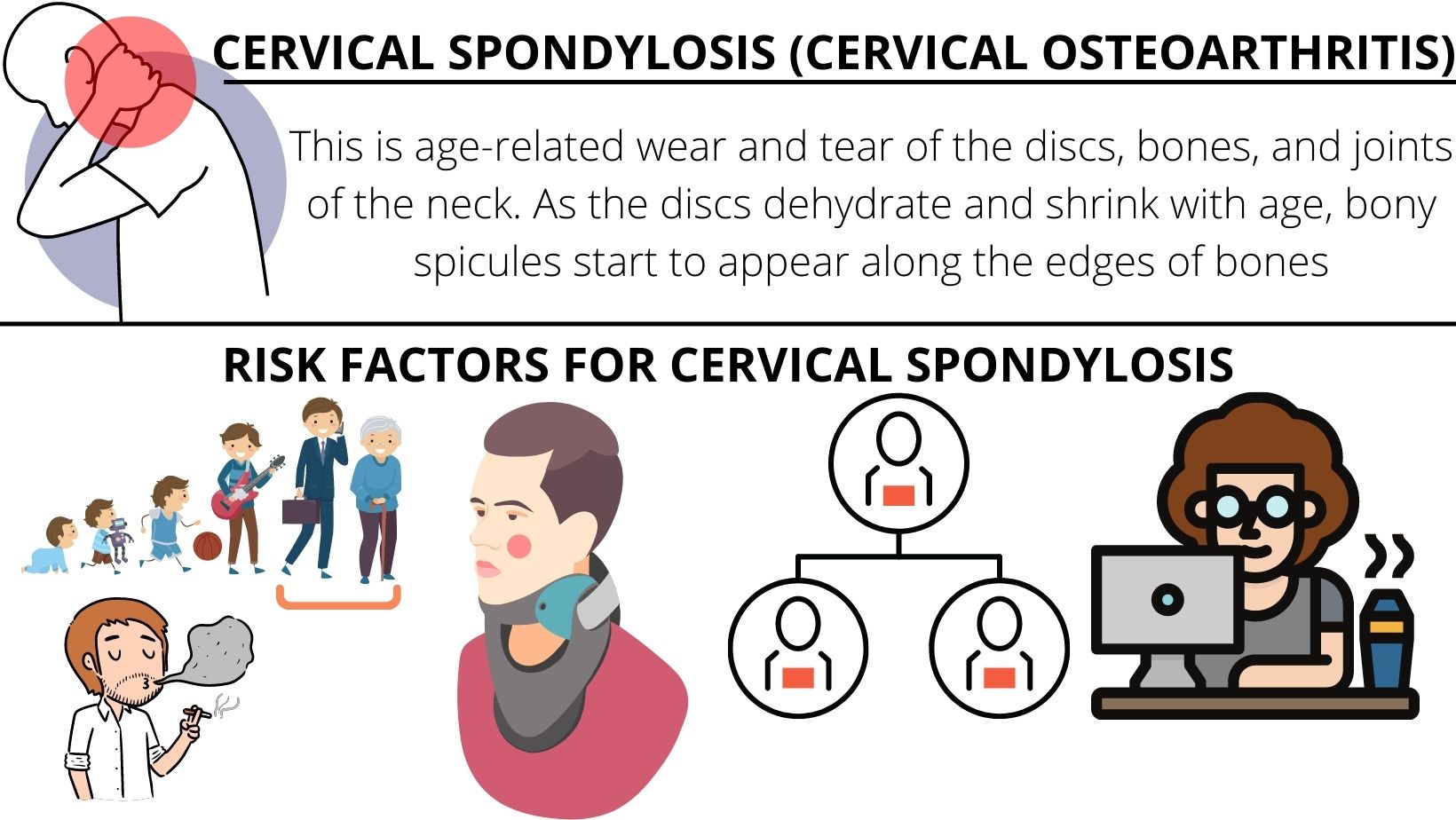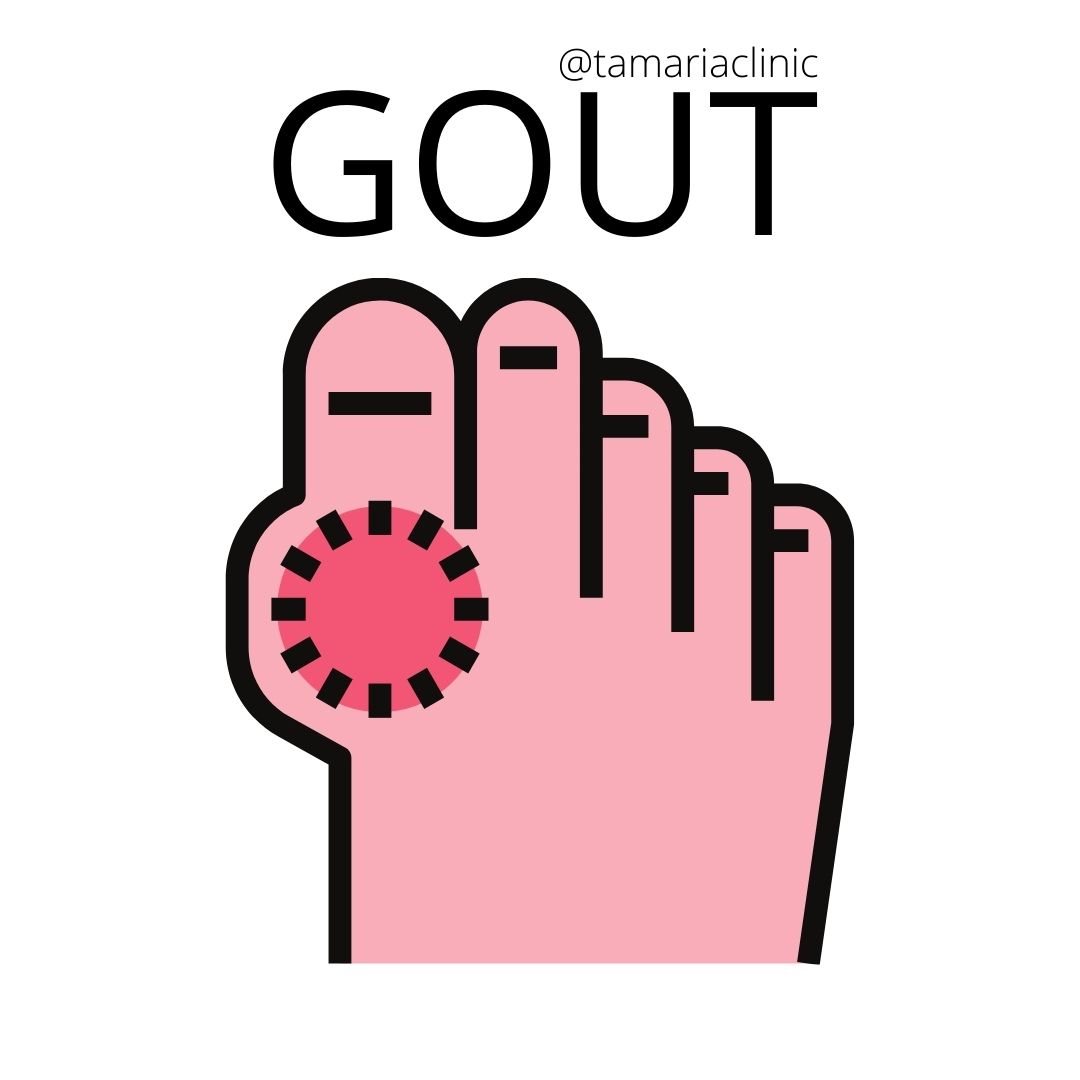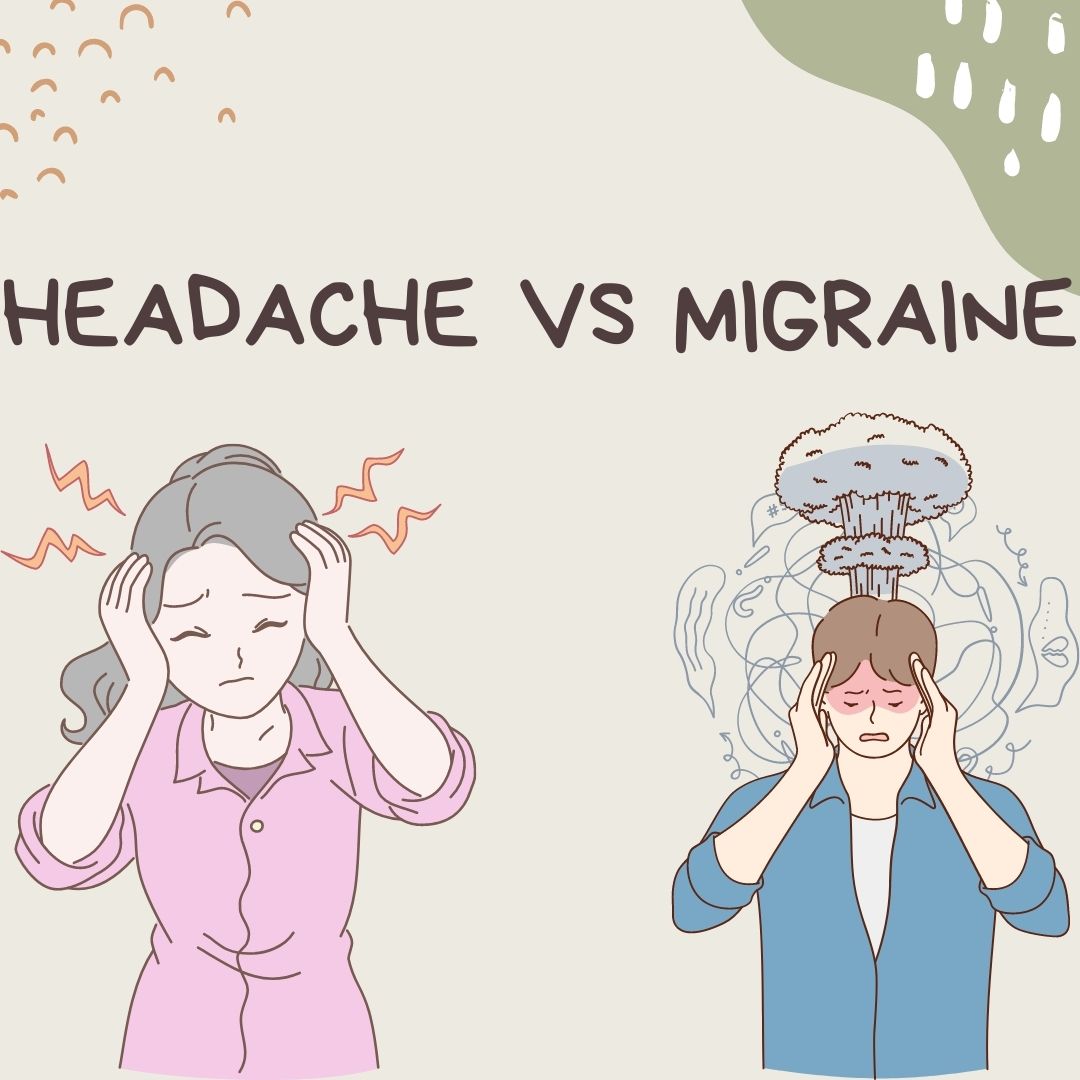THE DEFINITIVE GUIDE FOR THE TREATMENT OF CERVICAL SPONDYLOSIS (CERVICAL OSTEOARTHRITIS)
WHAT IS CERVICAL SPONDYLOSIS (CERVICAL OSTEOARTHRITIS)?
Cervical spondylosis is also known as osteoarthritis of the cervical spine (neck). This is age-related wear and tear of the discs, bones, and joints of the neck. As the discs dehydrate and shrink with age, bony spicules start to appear along the edges of bones. Also, the discs of the cervical spine gradually break down and start losing fluid causing stiffness. Thus signs of osteoarthritis start to appear.
WHAT ARE THE RISK FACTORS FOR CERVICAL SPONDYLOSIS?
- AGE: cervical spondylosis is a normal part of aging. More than 85% of people older than age 60 years are affected by cervical spondylosis.
- SMOKING: is related to increased risk of development of neck pain.
- GENES: family history increases the risk of development of neck pain.
- OCCUPATION: Cervical spondylosis is seen more in people who have computer jobs or jobs which require repetitive movement of the neck.
- NECK INJURY: injuries to the neck in the past predispose to spondylosis also.
WHAT ARE THE COMPLICATIONS OF CERVICAL SPONDYLOSIS?
Due to compression of the nerve or spinal cord in cervical spondylosis, there could be permanent damage as well.
WHAT ARE THE SYMPTOMS OF CERVICAL SPONDYLOSIS?
Usually, people experience no symptoms but when symptoms appear then they are pain and stiffness of the neck. Further symptoms don’t appear unless there is nerve compression or there is a narrowing of the space for the spinal cord. If the nerve roots or spinal cord is compressed then there would be the following symptoms:
- Tingling along with numbness in arms, hands, legs, or feet.
- Weakness is also felt in arms, legs, or feet due to nerve compression.
- Walking can also be impaired.
- Lack of coordination.
- Loss of bowel control or bladder control.
WHAT ARE THE CAUSES OF CERVICAL SPONDYLOSIS?
Due to aging, there is wear and tear of the cartilage and bones of the spine of the neck. Due to this wear and tear, there is dehydration of the disc which acts as a cushion between vertebrae of the spine. Due to the drying up of the cushiony disc, there is bone to bone contact causing pain and stiffness.
DIAGNOSIS OF CERVICAL SPONDYLOSIS
- Physical examination for checking the range of movement of the neck, gait, reflexes, and muscle strength.
- NECK X-RAY: An X-ray of the neck would reveal bone growth (spurs).
- CT SCAN: would give a detailed image of the neck.
TREATMENT OF CERVICAL SPONDYLOSIS
Conventional treatment includes pain-relieving with NSAIDs, corticosteroids, and muscle relaxants so that patient can be relieved from pain and stiffness.
Surgery can also be performed for removing the herniated disc or bone growth (spur).
Therapy can also be given which includes exercises to help stretch and strengthen the muscles of the neck and shoulders. Traction can also be given to patients to help relieve symptoms of nerve compression.
MANAGEMENT OF CERVICAL SPONDYLOSIS
- REGULAR EXERCISE: by doing regular exercise there would be a rapid recovery in the symptoms of stiffness and pain.
- IMPROVING THE POSTURE: people who have computer jobs should improve their posture while sitting at work and should take a break after small intervals.
- HEAT OR ICE PACKS: would help in relieving pain and stiffness
- NECK SUPPORT: this would help in giving rest to the neck muscles.
HOMEOPATHIC MANAGEMENT OF CERVICAL SPONDYLOSIS
Since conventional medicines don’t provide full relief in symptoms and have side effects of their own, homeopathy is an alternative method of helping people having cervical spondylosis. Homeopathy would not only help in relieving the symptoms but would also help in catching the disease in the current situation.
Various medicines are available for cervical spondylosis like silicea, natrum mur, bryonia, pulsatilla, etc which can be given for the condition but should be taken only when prescribed by a homeopath.
DO’S & DON’TS
DO’S
- Exercise regularly.
- Apply heat or cold pack.
- Swimming would also help as it stretches the ligaments.
- Do stretching regularly.
- Do neck-specific exercises.
- Wear soft neck support.
- Rectify your posture.
DON’TS
- Don’t wait for exaggeration of symptoms.
- Don’t strain on the neck.
- Don’t sit for long hours in front of the computer.



Comments
We have received your comment , Thank You !